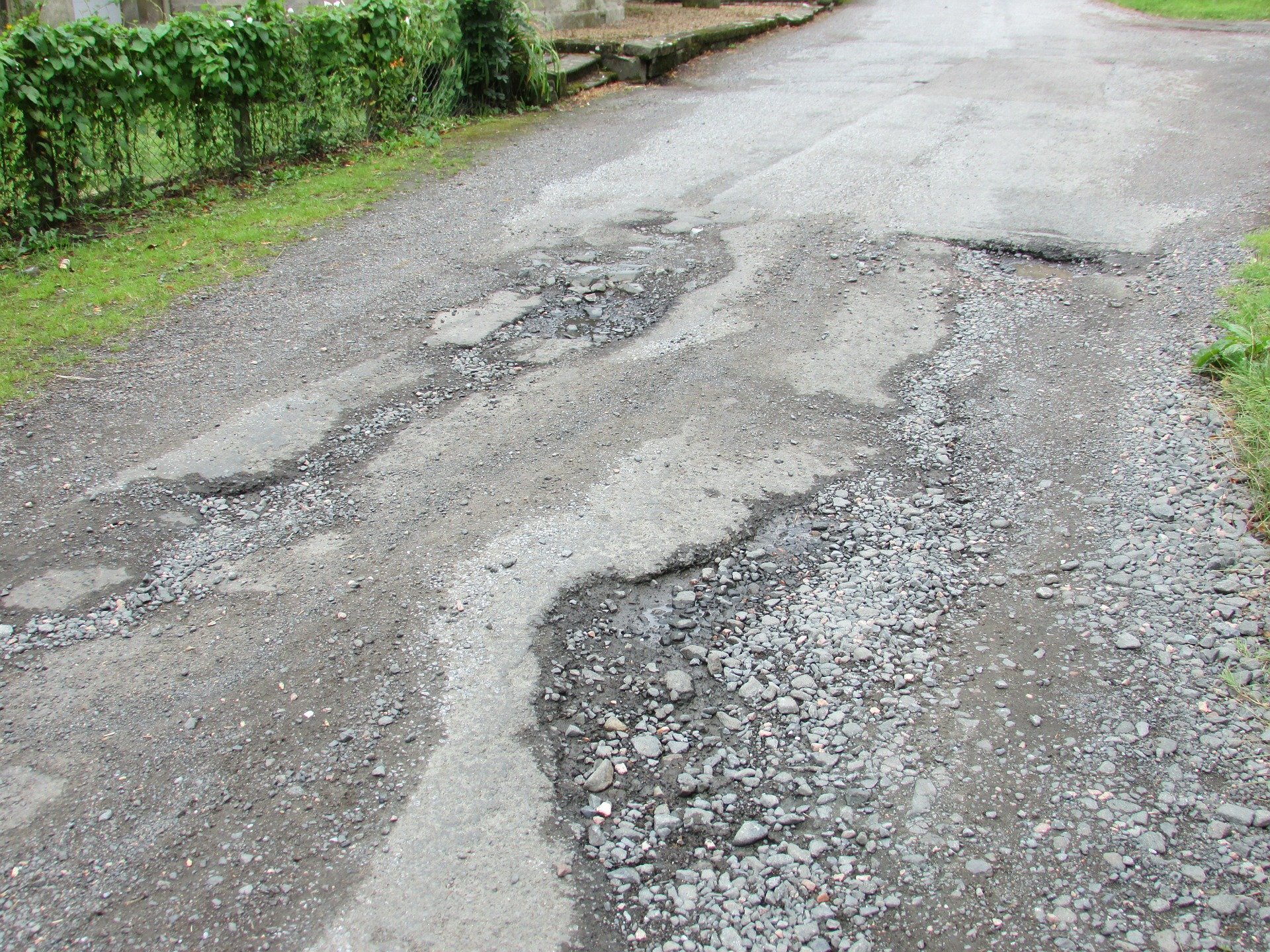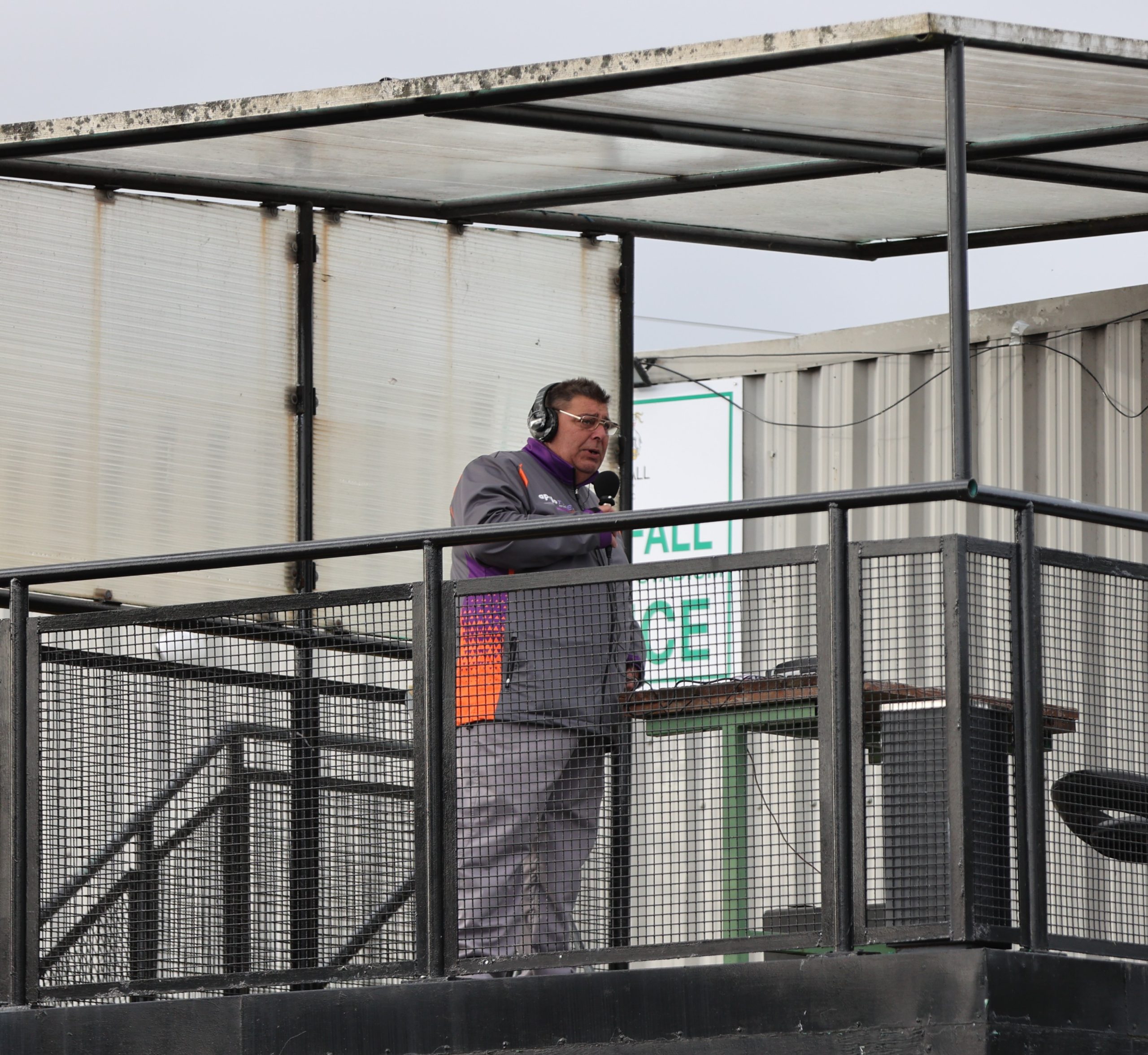The RAC’s expert patrols attended over 10,000 pothole-related breakdowns last year – the equivalent of 27 every single day and the highest annual total since 2018, new figures show.
The breakdown company’s individual members experienced a total of 10,123 breakdowns for broken suspension springs, distorted wheels and damaged shock absorbers through last year, 10% more than in 2019 (9,198) and 19% more than in 2020 (8,524). Last year’s total represented 1.5% of all the RAC’s call-outs*, which is up from 1.2% in 2020, 1.1% in 2019 and 1.4% in 2018.
Looking at just the last three months of 2021, which was characterised by generally mild, damp weather across much of the UK, drivers experienced 1,688 pothole-related breakdowns which represented 0.9% of all the RAC’s call-outs* over this period. But as a rolling average of the last four quarters, the share of breakdowns represents 1.5% of all RAC breakdowns – the highest such figure since the four quarters to the end of September 2018 (also 1.5%).
The RAC Pothole Index**, which analyses pothole-related breakdowns together with the seasonal effects of the weather to give a true long-term indication of the condition of the UK’s roads, now stands at 1.63, up from 1.48 at the end of September 2021. This means drivers are more than one-and-a-half times more likely to breakdown after hitting a pothole today than they were when the RAC started collecting this data back in 2006.
RAC head of roads policy Nicholas Lyes said:
“The rot appears to have well and truly set in when it comes to the country’s roads with our patrols going out to vast numbers of drivers who, through no fault of their own, are breaking down because of the wear-and-tear caused by potholes. This is ridiculous because it is almost entirely avoidable if roads were maintained properly. With drivers contributing so much in terms of tax to the Government the very least they deserve are roads that are fit-for-purpose.
“Potholed roads are a menace, not a mere annoyance – they can cause thousands of pounds of unnecessary damage to drivers’ vehicles, make using our roads uncomfortable and can be a serious road safety hazard for anyone on two wheels.
“It’s hard to see how the status quo is sustainable. Inevitably we have plenty of cold weather still to come this winter and we fear that by the spring the number of drivers running into problems will rise even further. Not getting our roads into a decent shape is simply storing up more problems – and more expense – for the future.
“On National Pothole Day, our message to the Government is clear – it’s time the tide was turned when it comes to potholes and local councils are given the levels of funding they need to get their roads up to a reasonable standard. Clearly, promises of one-off pots of cash from the Government to fix the problem haven’t done the trick and we urgently need some fresh thinking. Ring-fencing a proportion of existing taxation and earmarking these funds purely for local roads over a long-term period would give councils the financial confidence they need to plan their road maintenance work, and finally break the back on this age-old problem. This is something we know would be popular with drivers.***
Research for the RAC Report on Motoring shows that the condition and maintenance of local roads is by far and away drivers’ top motoring related concern. Nearly half of respondents (46%) last year said the quality of local roads was a problem, up from 38% a year earlier.




